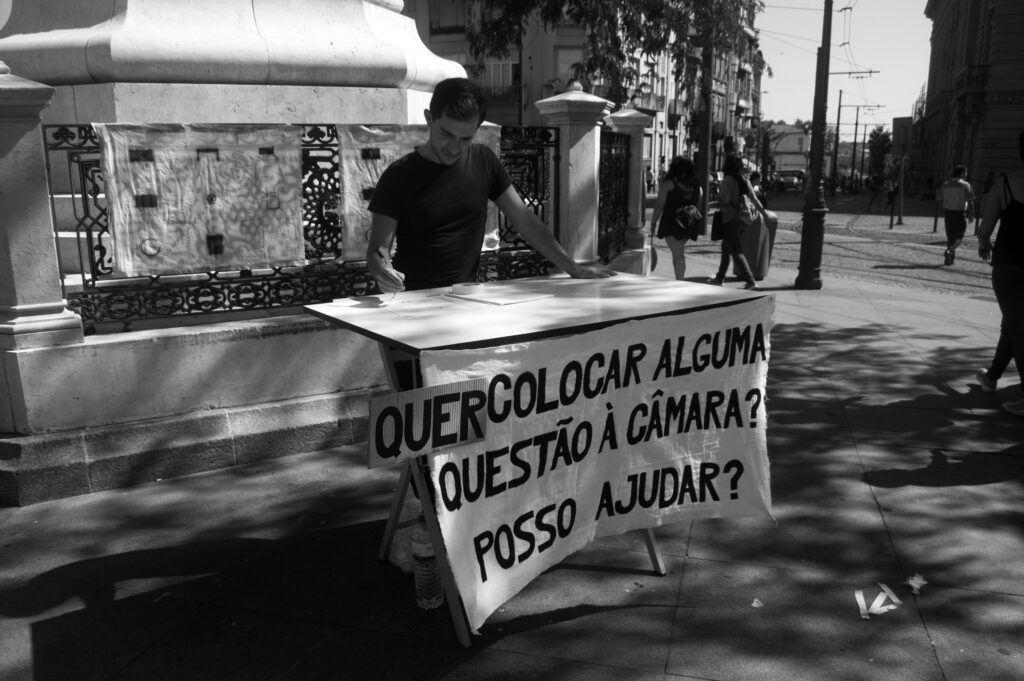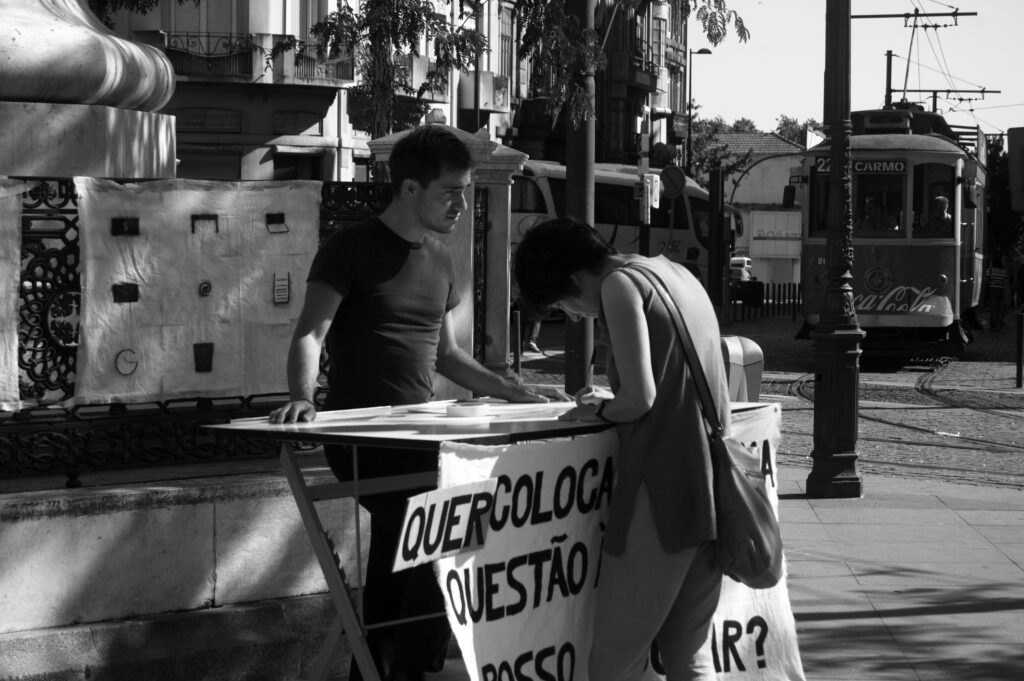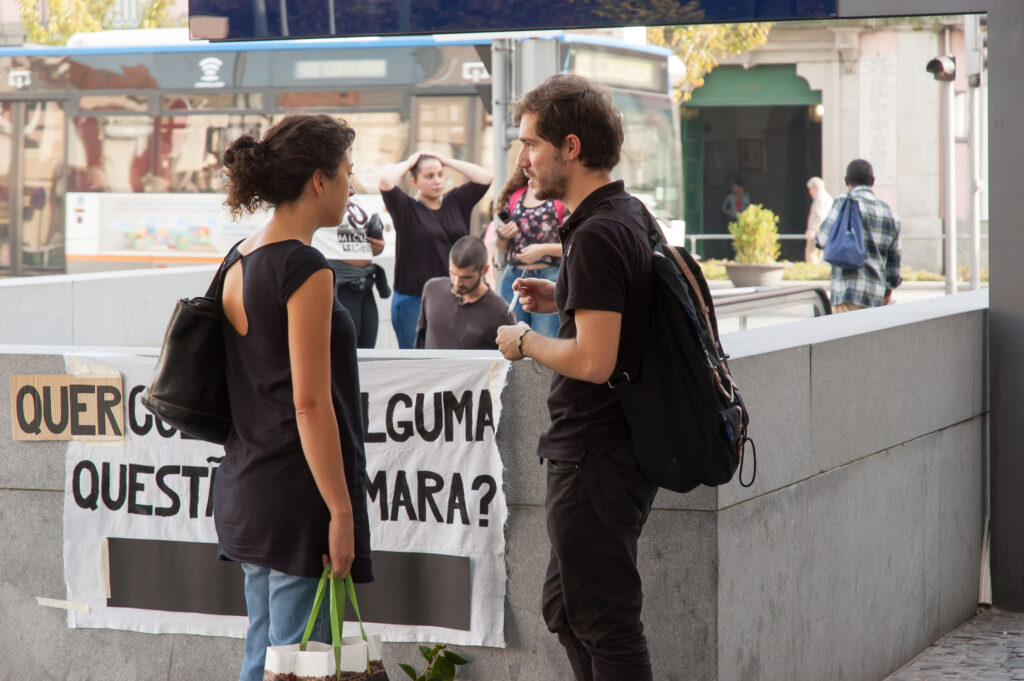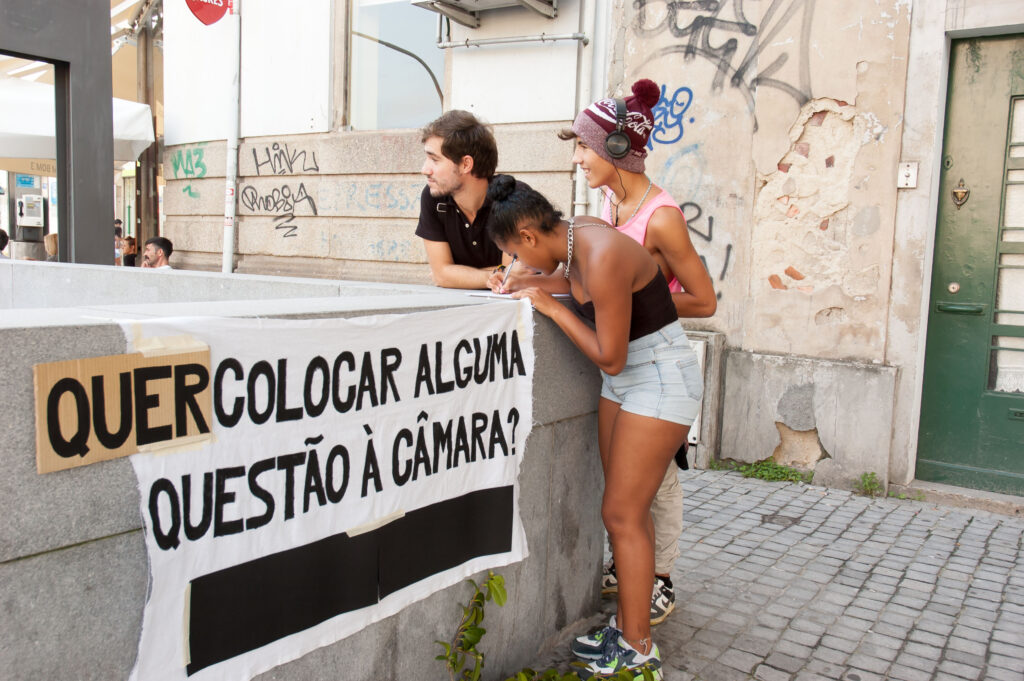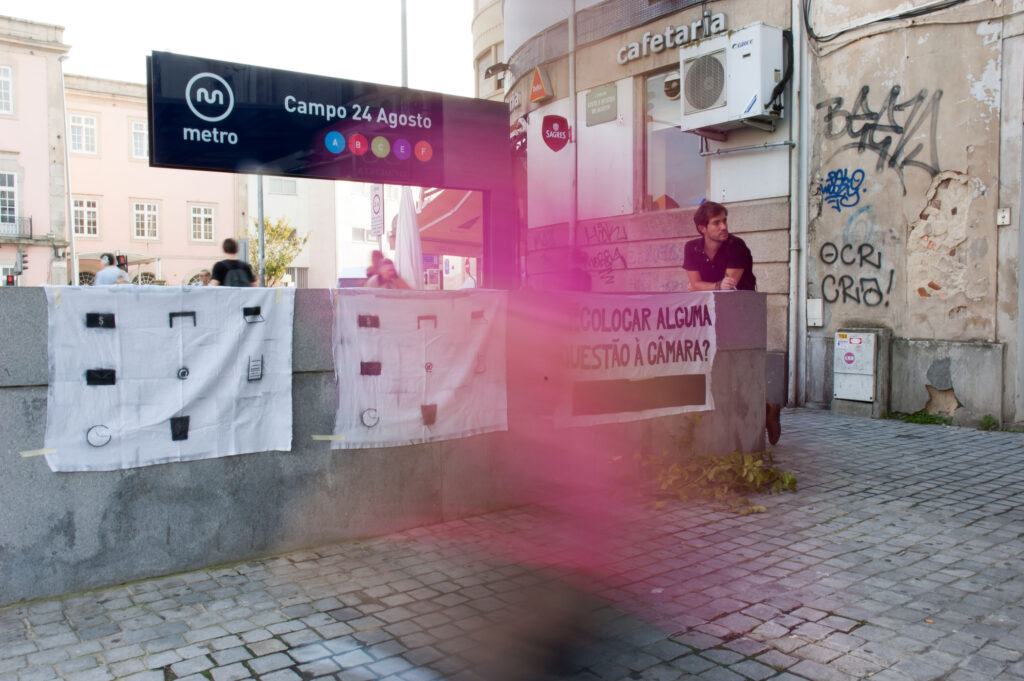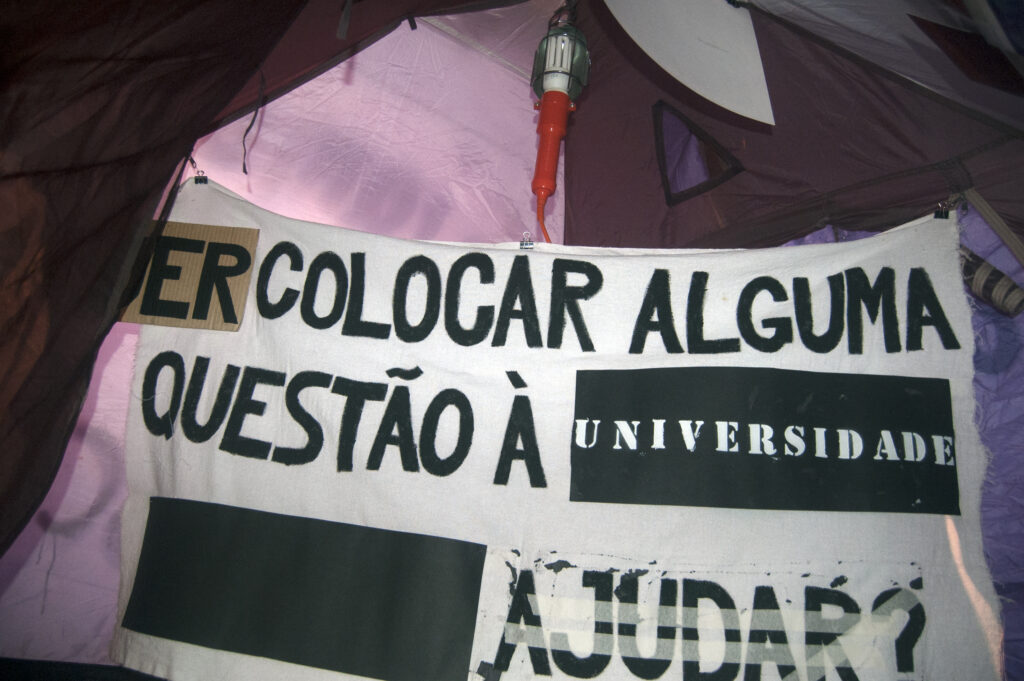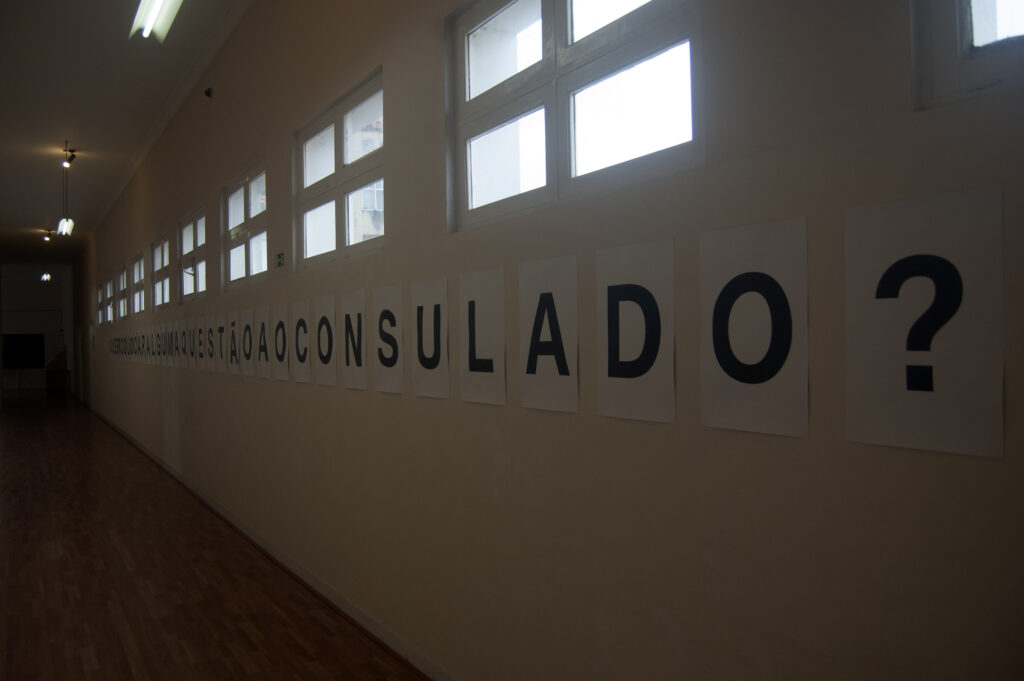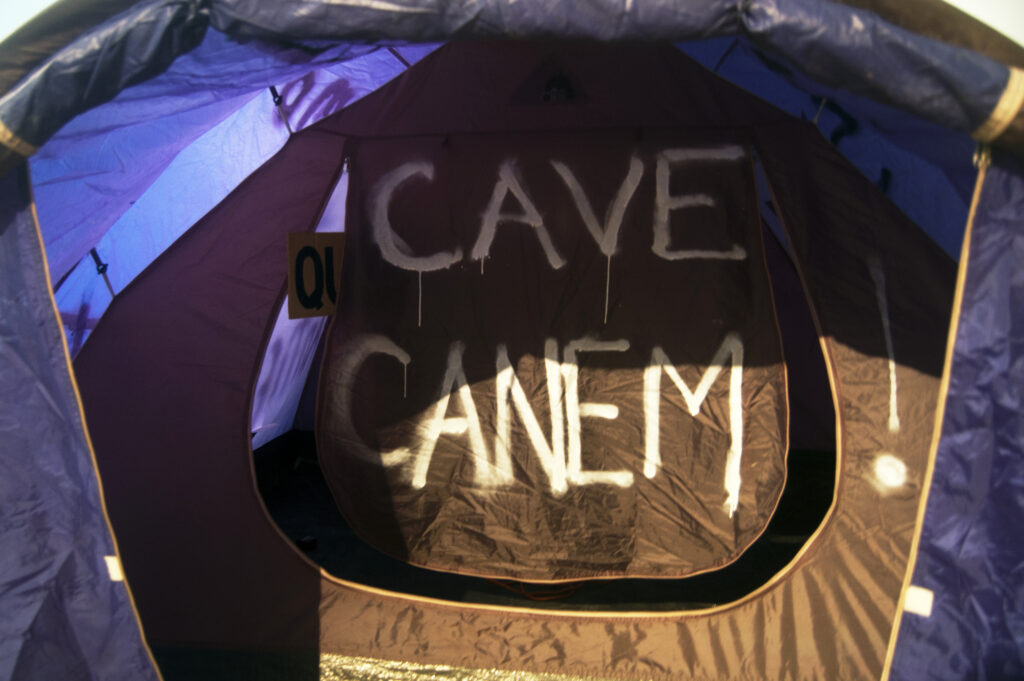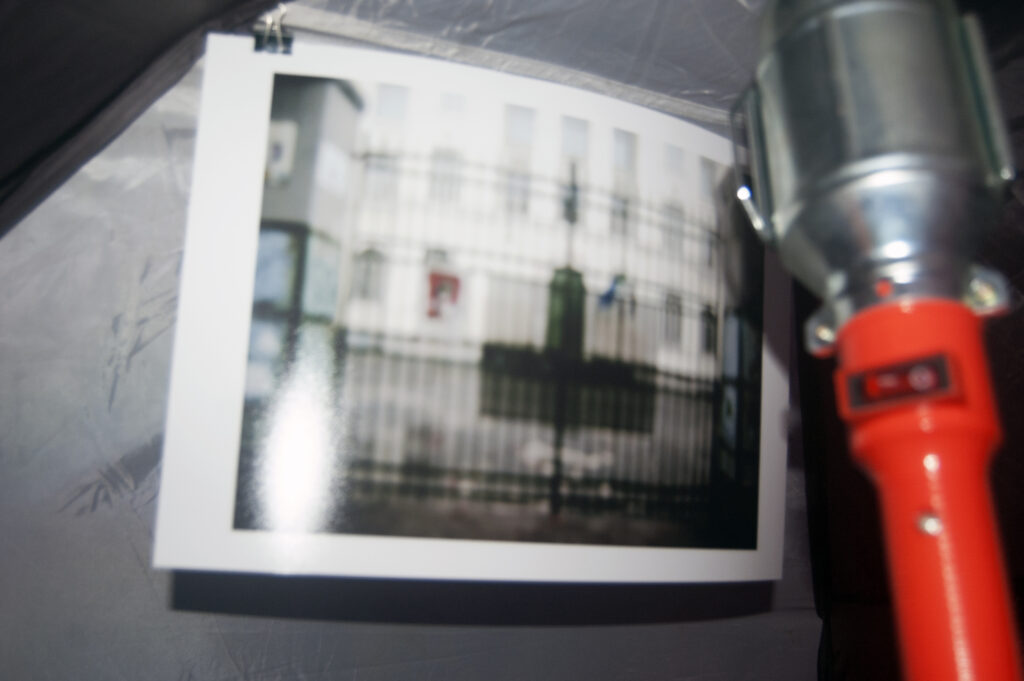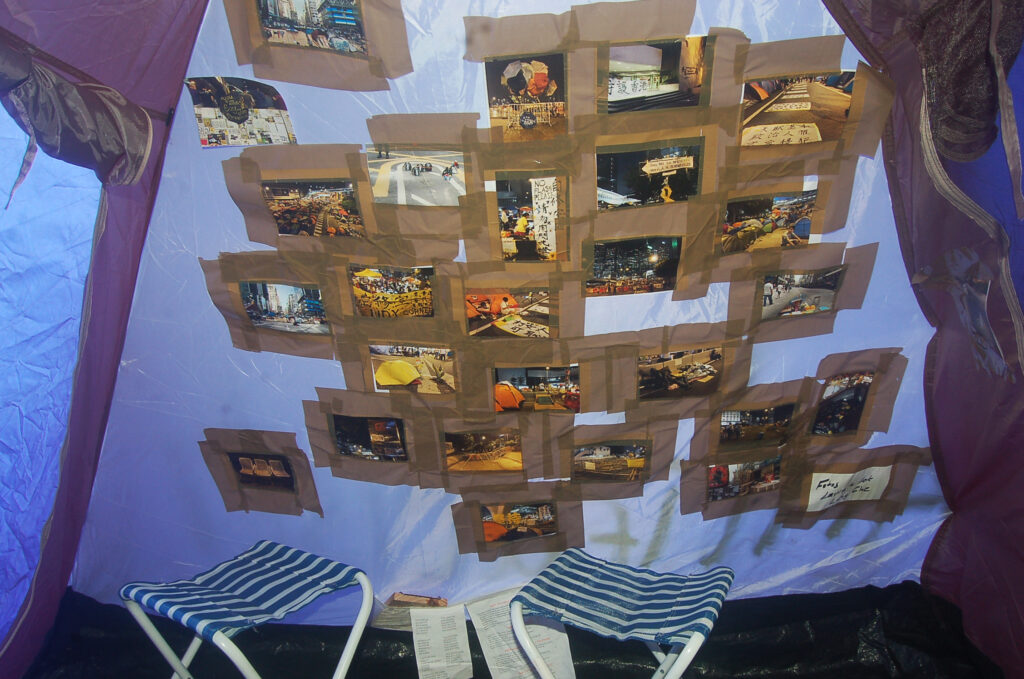An Institutional Issue
The project An Institutional Issue (AII) (Uma Questão Institucional / UQI) was developed around the theme of communication in the political field, sparked by the question: Why does communication between the State and society often tend toward reprimand and censorship?
AII explored communication as a key element in achieving direct democracy, scrutinizing institutional structures through codes and signs that reinforce bureaucratic systems and mechanisms that hinder transparent dialogue. The project unfolded through a series of actions and works between 2012 and 2021 in Porto.
The Artist’s Mailbox

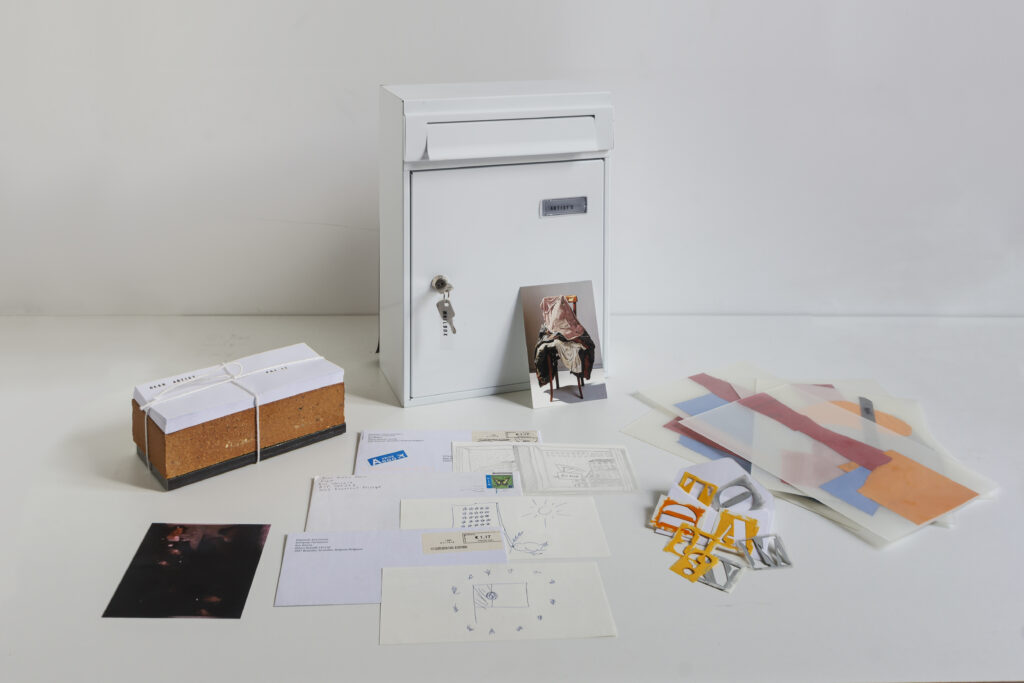
Mailbox with actions in stencil, stickers, keys and acrylic paint on plastic sheet. Drawings made by MEPs, pencil and ballpoint pen on paper, envelopes and documents. Collages and acrylic painting on bank invoices and polypropylene sheets. Sticker on polypropylene, masks for stencil, postcard, ceramic block, iron plate, marble, rope and envelopes.
39.0 x 29.0×16.0 cm
In 2014, just after the European Union’s parliamentary elections and during heated public debates around austerity measures affecting countries such as Portugal, Greece, and Ireland, the AII project continued with a new action focused on direct communication methods, such as letters.
The project Drawing and Parliament sought to establish direct dialogue with Portuguese representatives elected to the European Parliament for the 2014–2019 legislature. Twenty-one letters were mailed to Brussels in individual envelopes for each deputy, describing the project and inviting them to take part. Each was asked to create a drawing of a landscape, a film or book, a person, an object, or a memory.
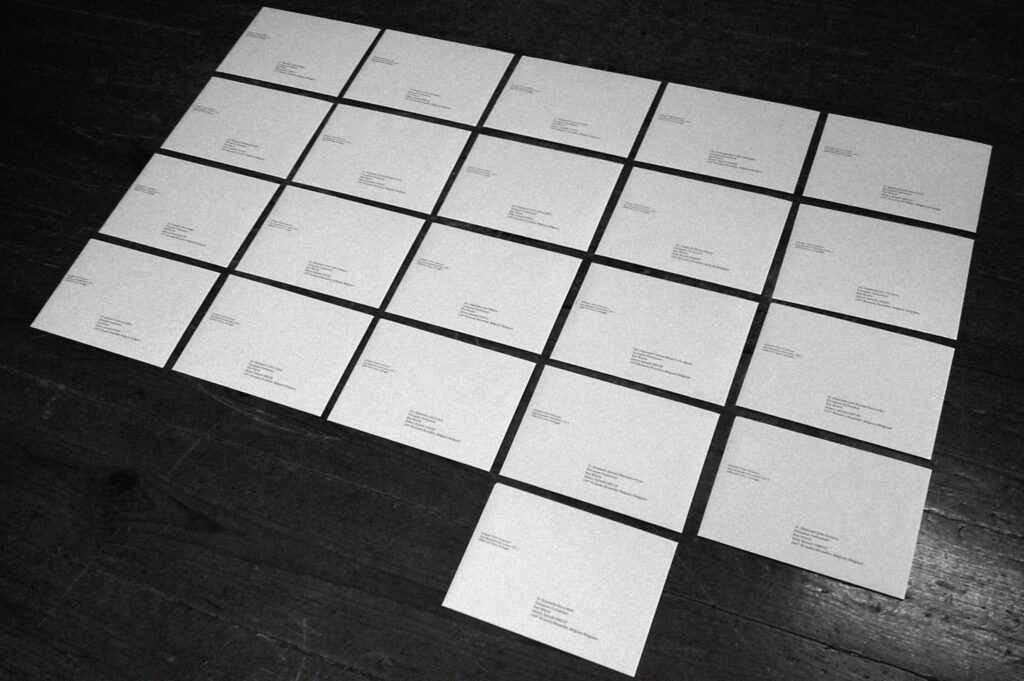
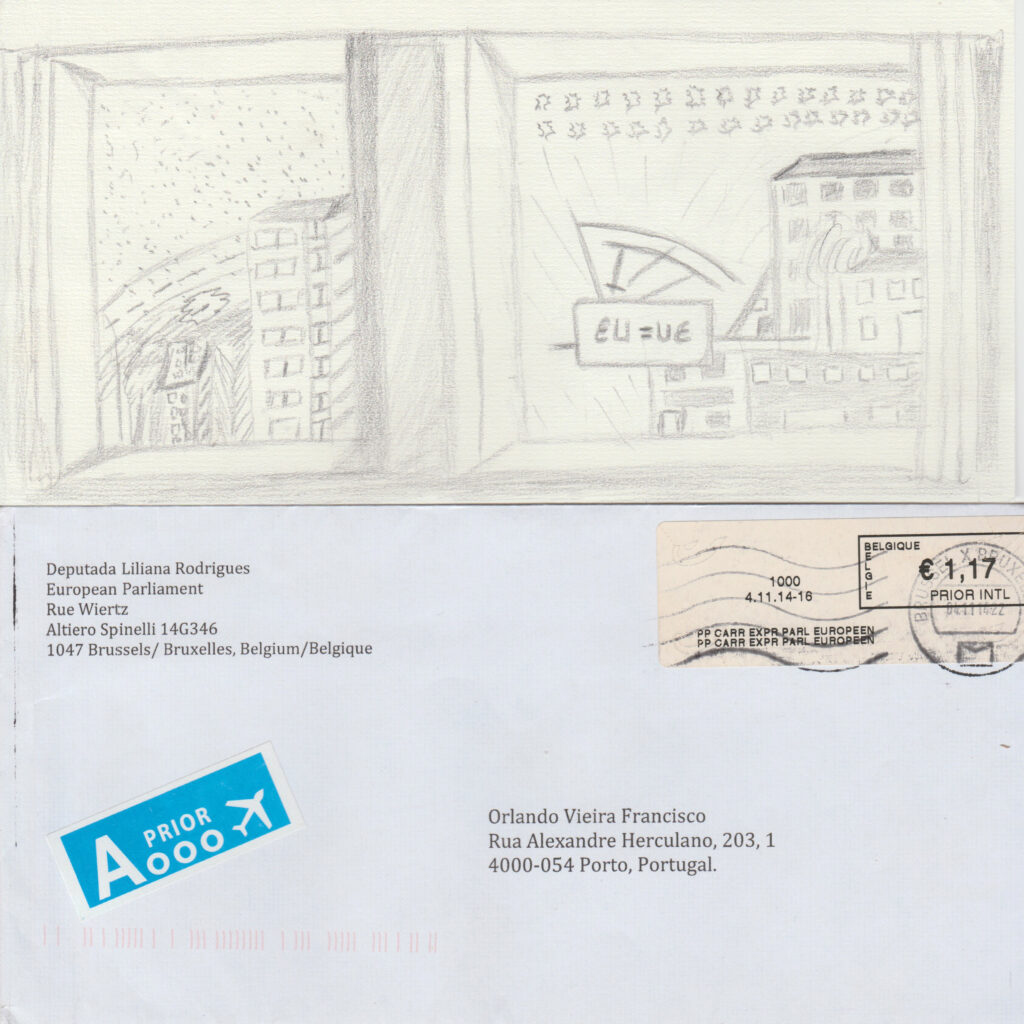
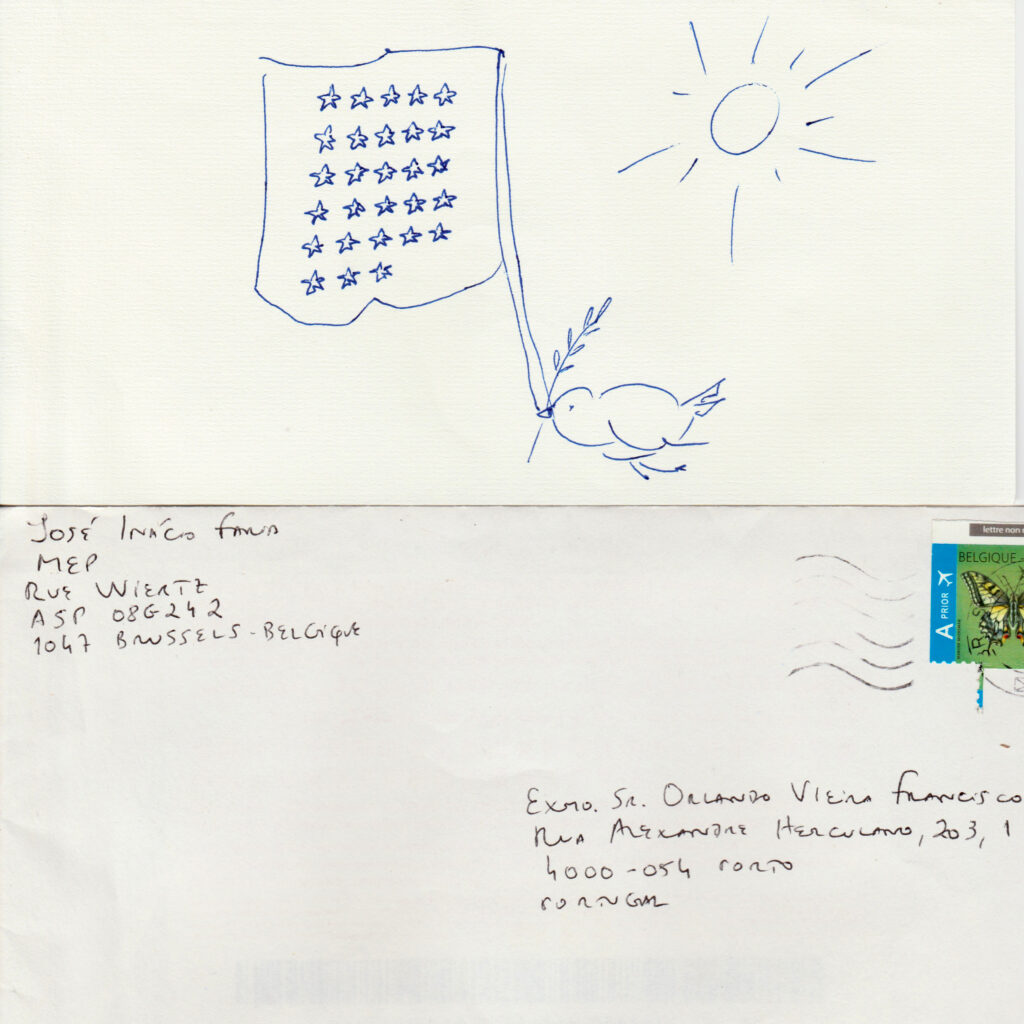
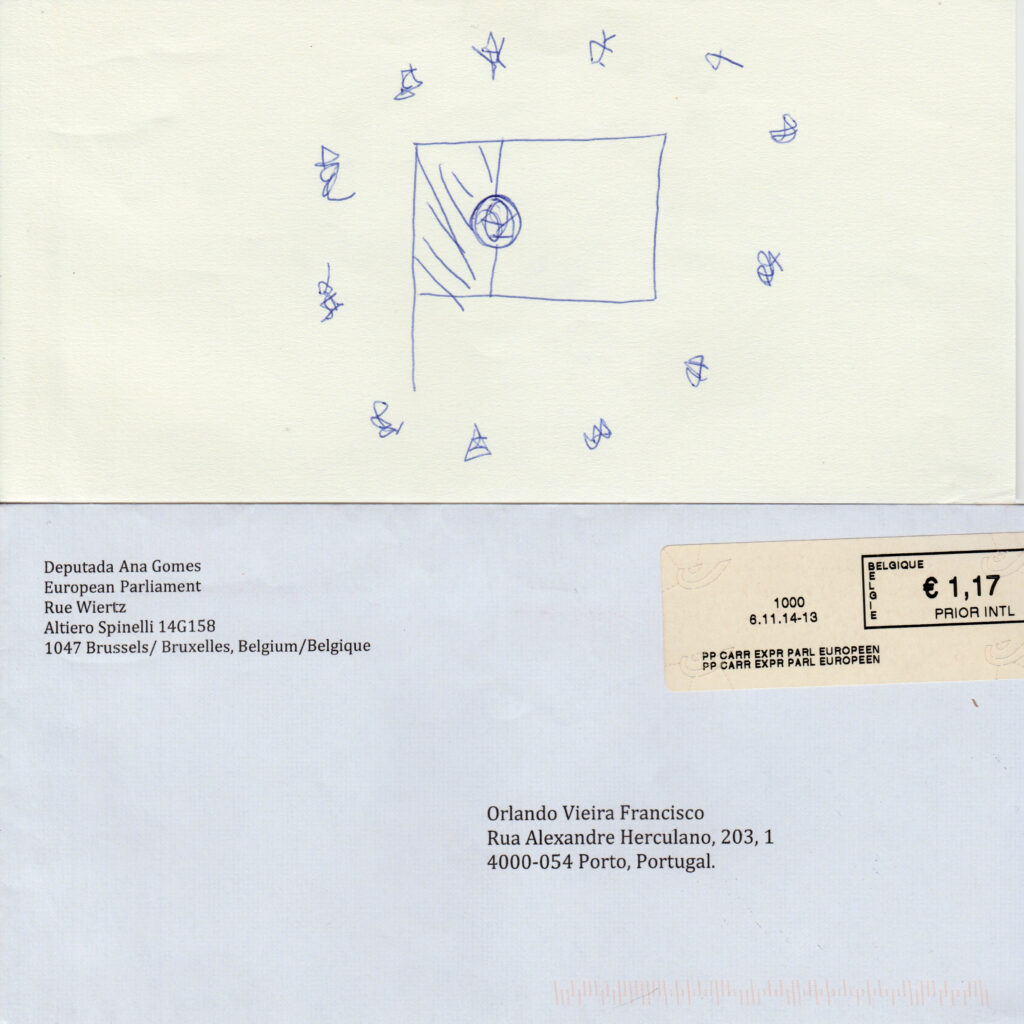
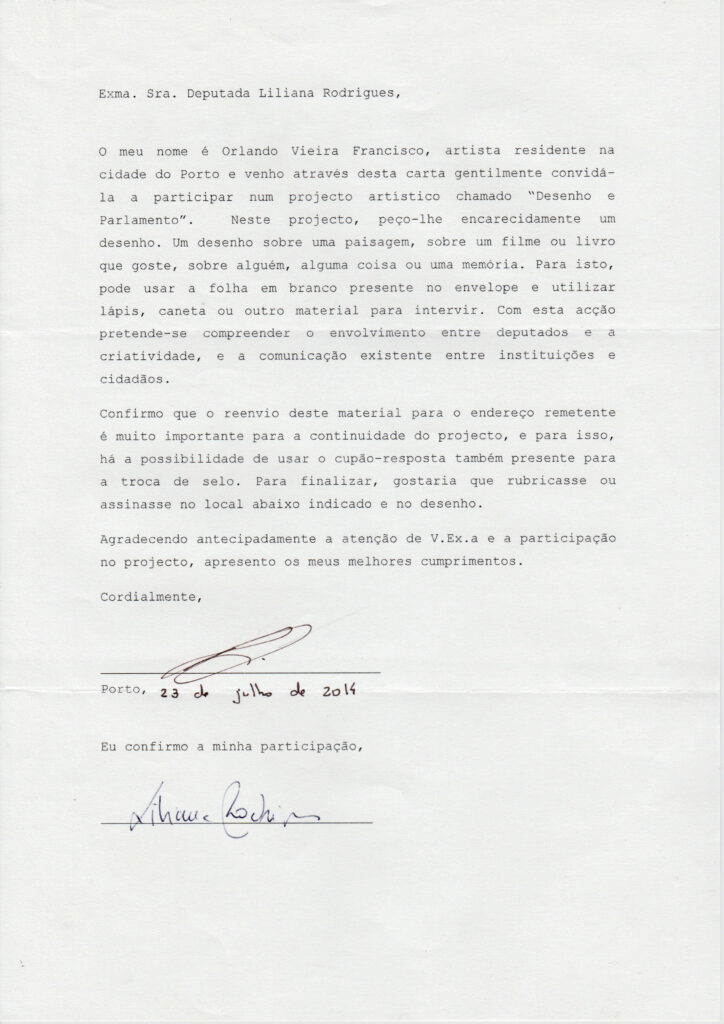
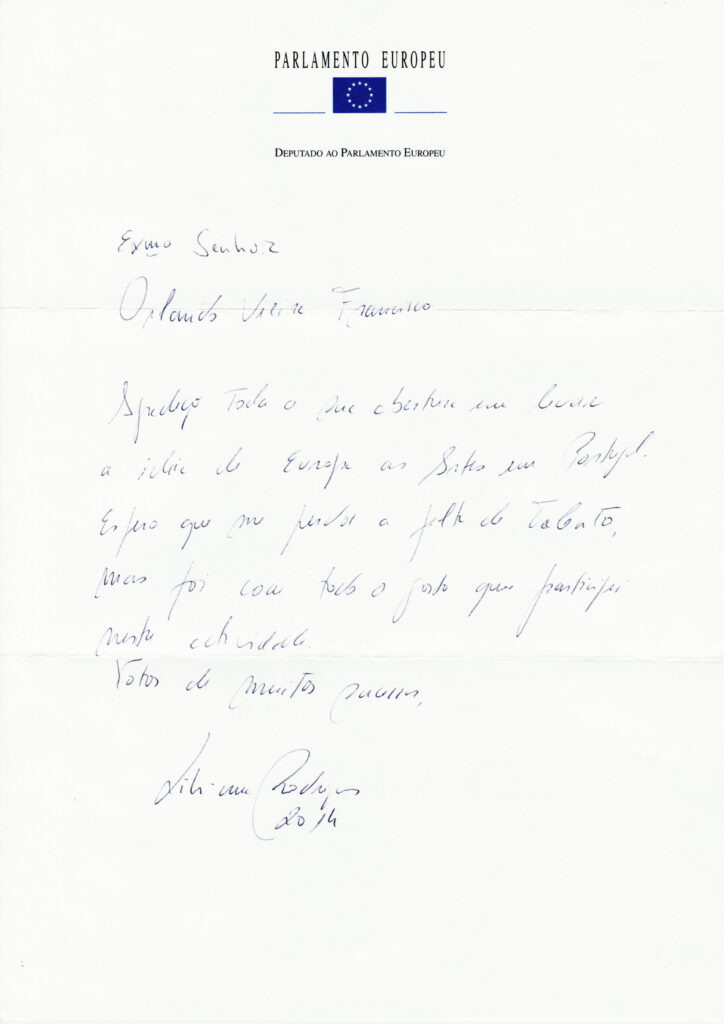
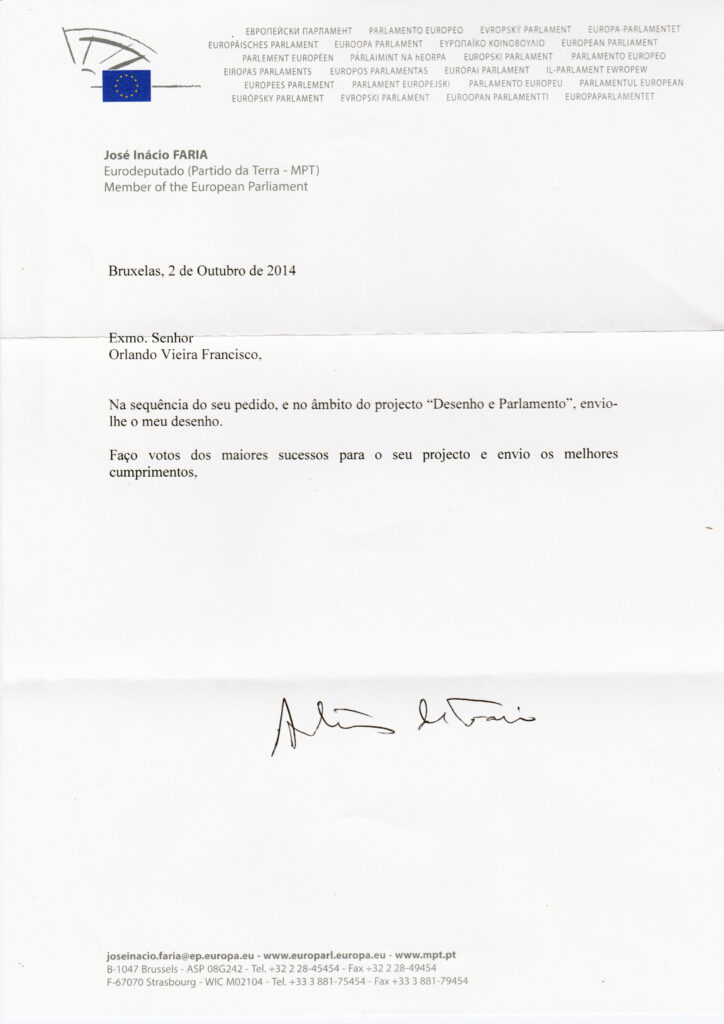
The noose
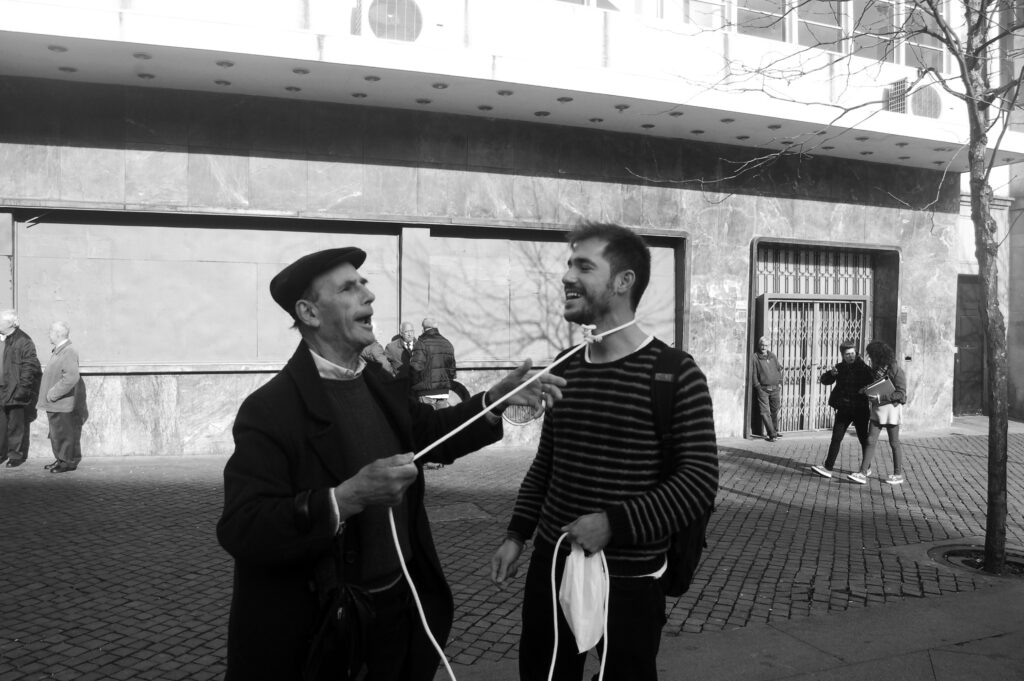
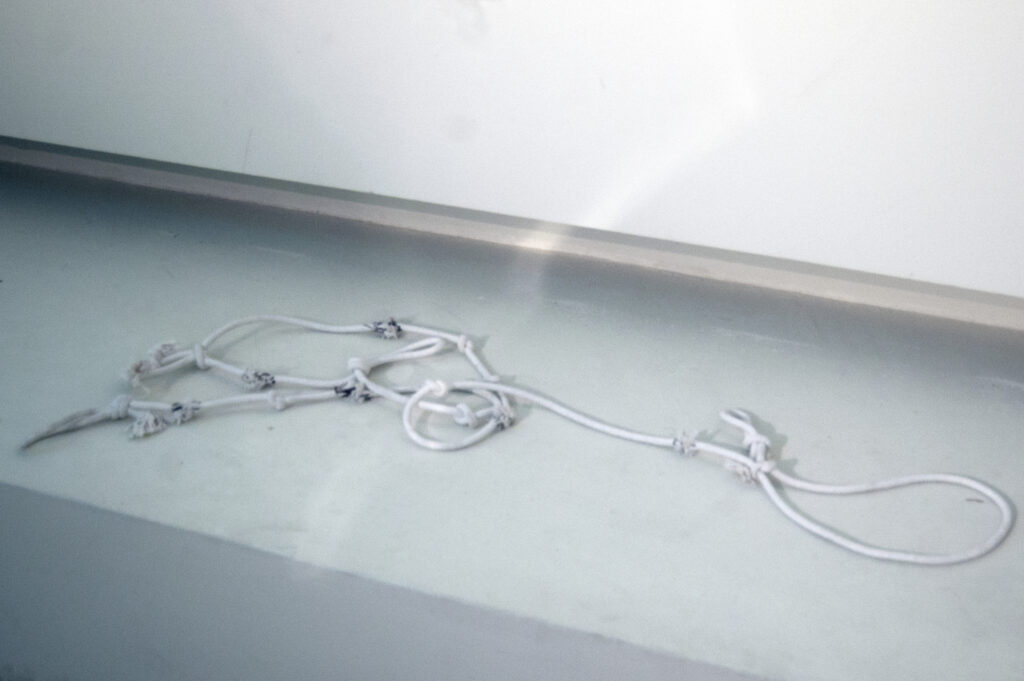
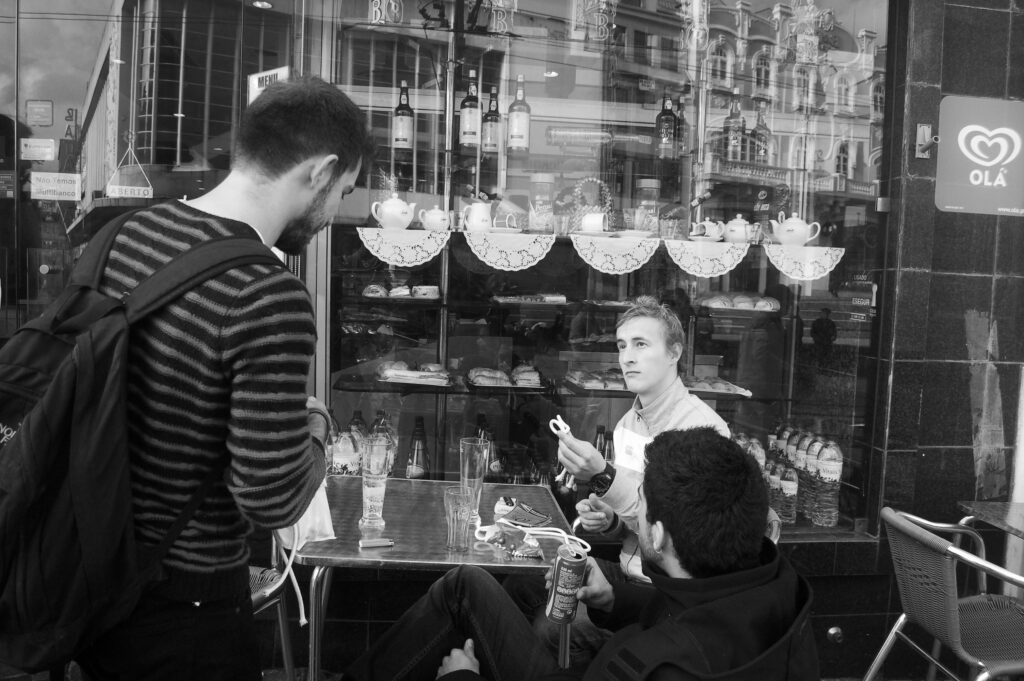
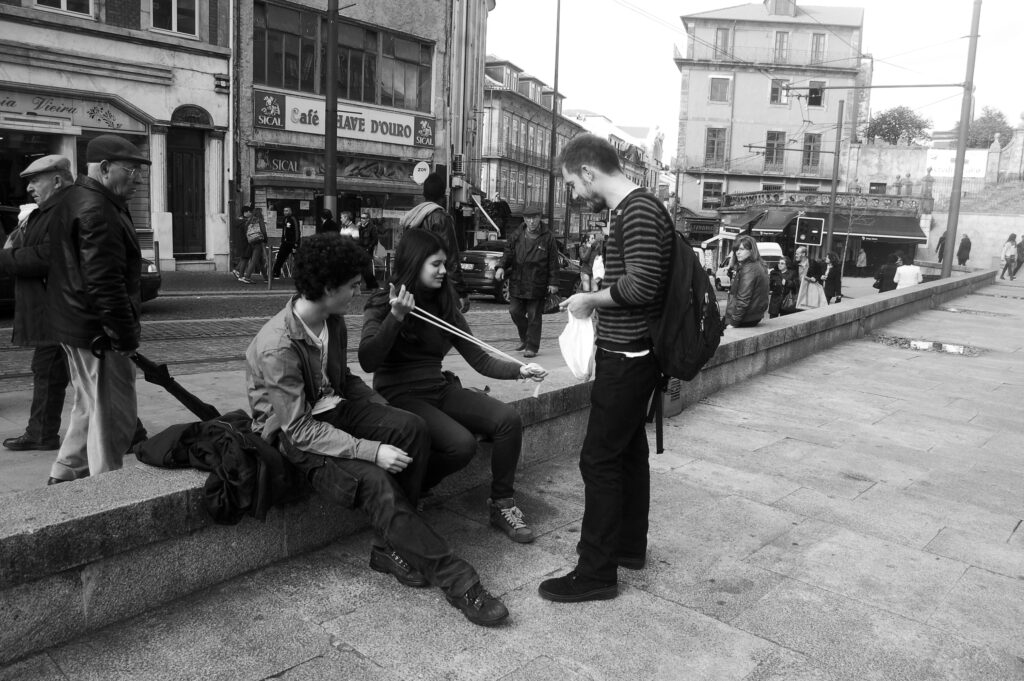
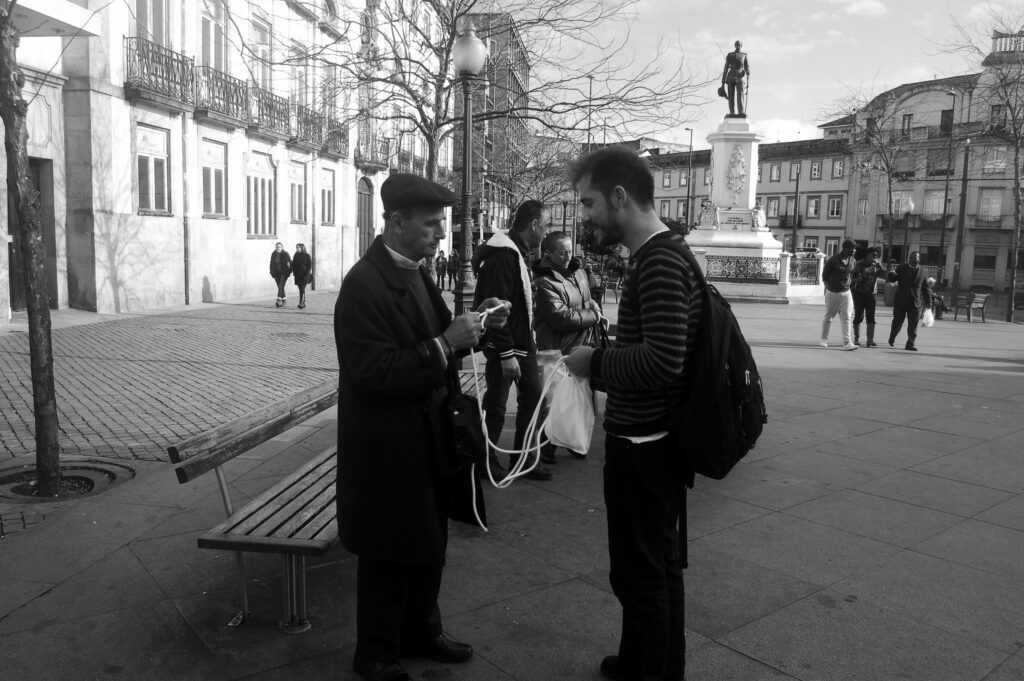
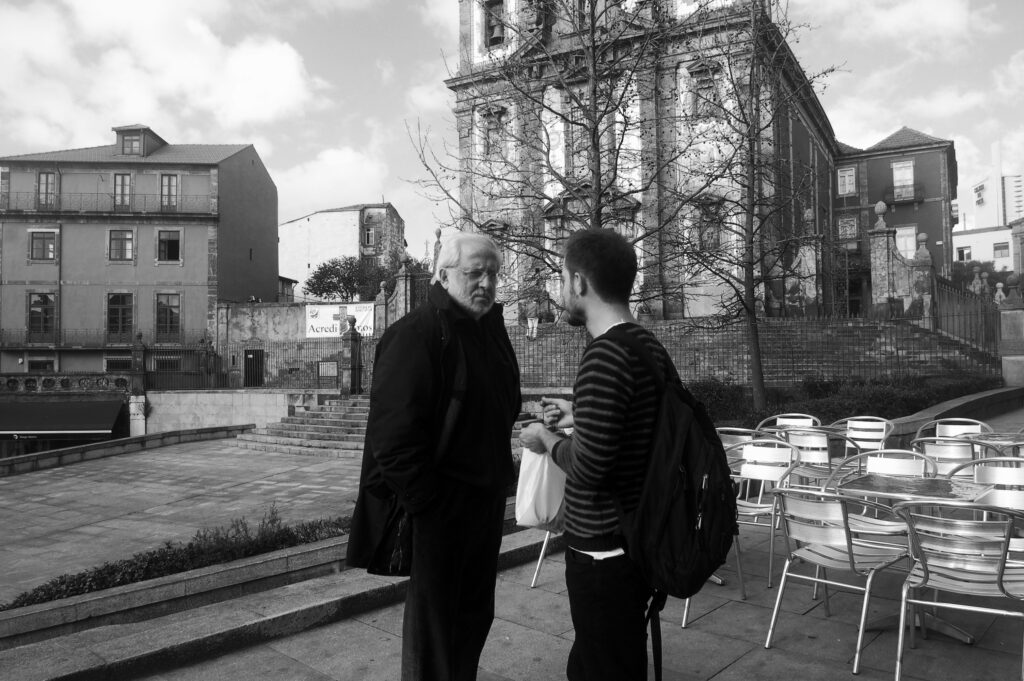
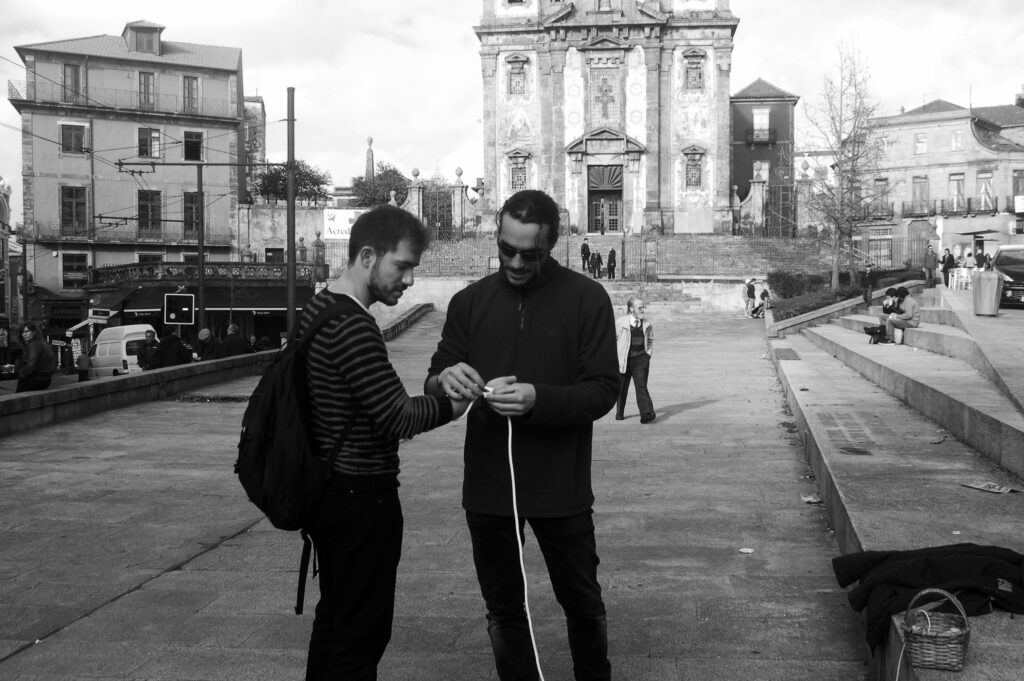
Among AII’s earliest actions, the performative installation Balcão de Apoio (“Support Desk”) aimed to mediate communication between citizens and institutions in accessible ways, reimagining one-stop services or public support systems. Installed in public spaces, it provided participants with a platform to send questions to institutions about their citizenship status, though situated in the disruptive, everyday context of bus stops, squares, or gardens.
One afternoon, as part of reflecting on the tension present in public space during the financial crisis after 2011, I proposed an action around the Cinema Batalha. I approached passersby and asked them to teach me how to make a knot. These knots often carried historical associations with fishing—a sector deeply affected by the new policies the European Union had imposed on Portugal. The square around the cinema was also a common meeting place for retirees, some of whom may have come from the fishing industry.
The impact of the work became strikingly clear when one participant responded: “Do you want a knot? Then I will make the knot the Prime Minister deserves: a noose.”
Balcão de Apoio
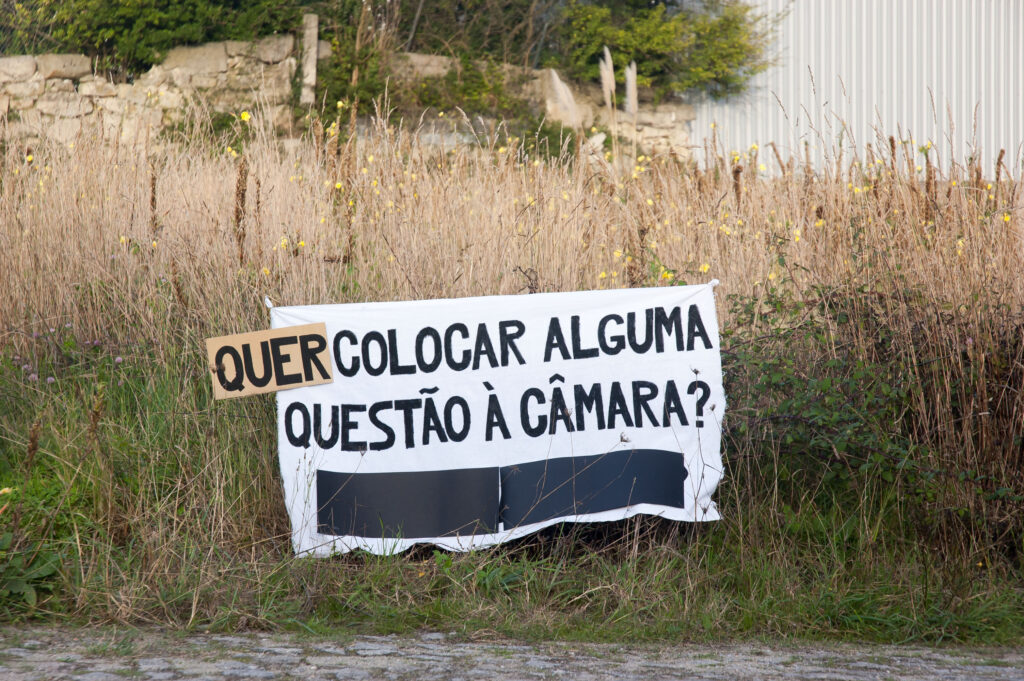
Constructed manually with simple materials such as cotton fabrics and stencil techniques, the installation entered the institutional scene by posing questions such as: “Do you want to ask the City Council something?”, “Or the University?”, “Or the Consulate?”. These interactions gave rise to conversations and clarifications about a range of pressing social issues.
